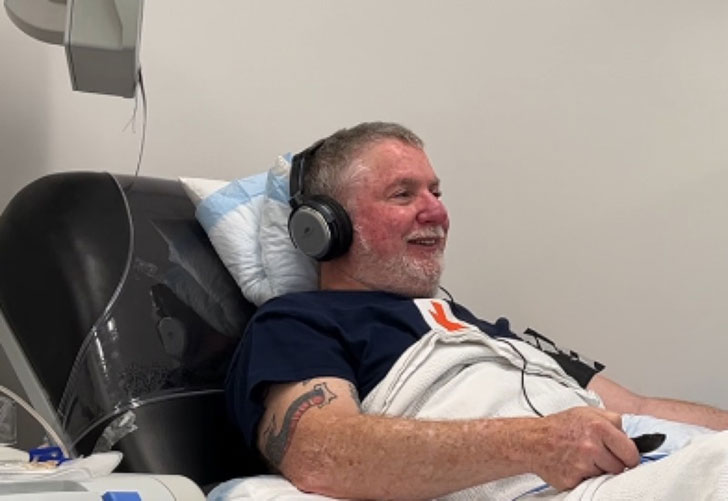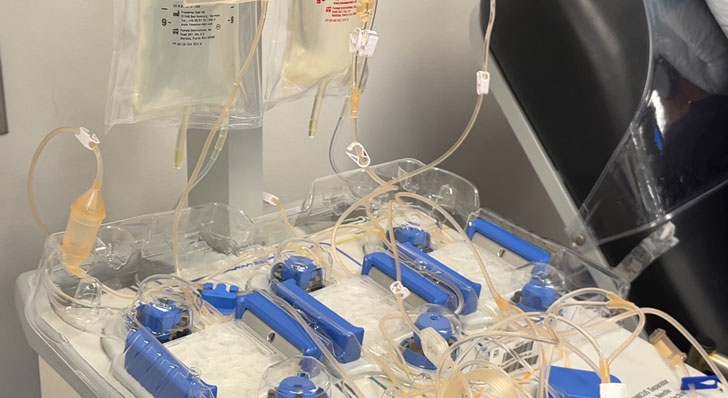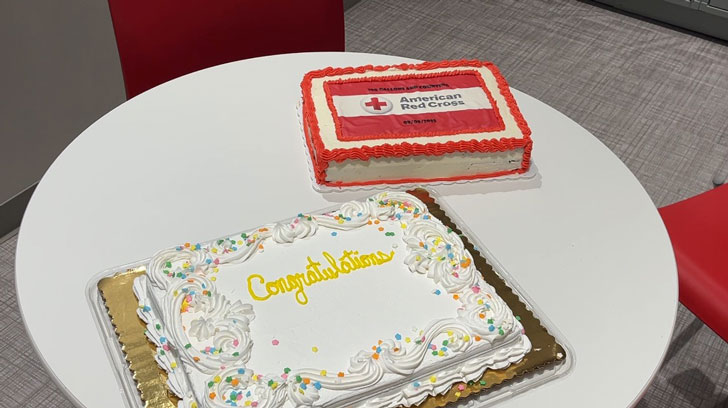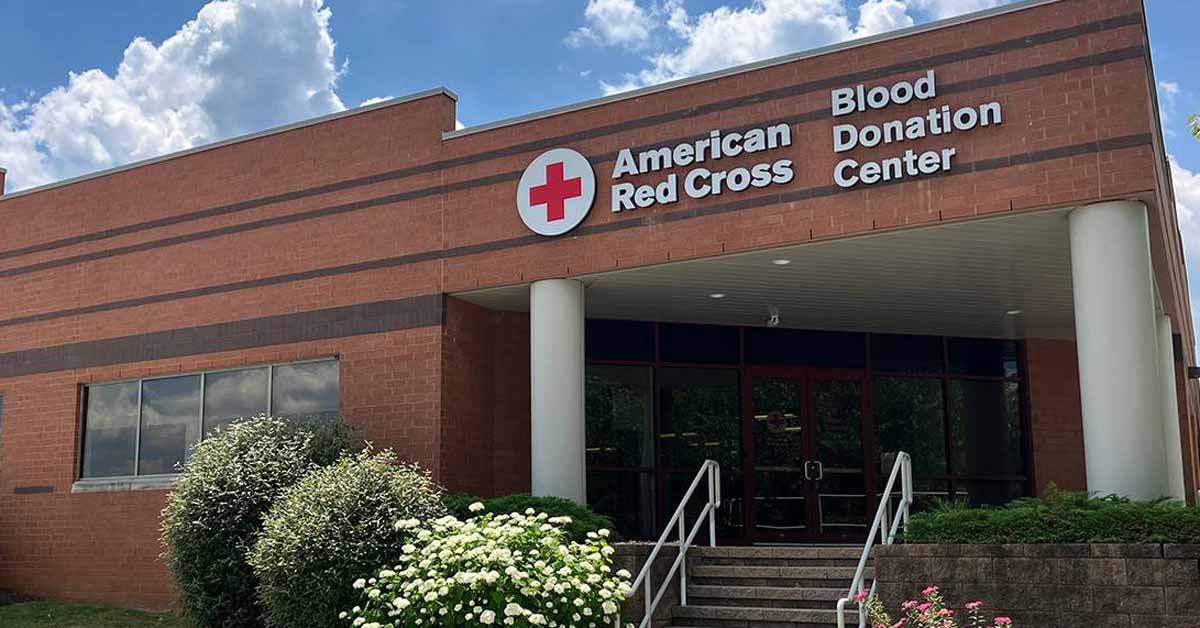About 30 years ago, David Schapiro began what has become a lifelong duty of donating blood.
When he was a young man in the United States Navy, the now-62-year-old bus driver in Portland, Oregon, would visit a local donation center with his friends in the service, and then go out for a beer.
Once he moved to Oregon, he kept up the tradition for nearly three more decades.
This weekend, he celebrated the donation of his 100th gallon of platelets to the American Red Cross, enough to save over 400 lives.

He has donated about every two weeks for about 30 years. The maximum a person is allowed to donate is 24 times a year — so that’s what he did.
“If you were to take a 100-gallon fish tank and fill that up with product, I mean, that’s a large fish tank,” Schapiro told KOIN News.
“It’s not so much what I’ve given. It’s the fact that there are 400 people out there that it could have saved.”
Platelet donation is a bit different from regular blood donation. Whole blood, the most flexible and common type of blood donated to the Red Cross, contains red and white blood cells, along with platelets, all suspended in plasma.
At first, Schapiro didn’t know that just donating platelets was an option.
But once someone at the Red Cross explained that platelets are often used for cancer patients, it struck a chord.
“I have a sister who has had cancer three times,” Shapiro said, adding that it was “a little personal” for him.

Plus, people who donate platelets can save up to four people in need — two adults or four babies per donation — whereas whole blood only helps one person. So, with Schapiro’s 100 gallons — or 800 pounds — of donated material, an estimated 400 lives have been impacted.
His wife has also joined him on this journey, visiting the donation center every two weeks to do their part. Together, they share the mantra: “Because I can.”
“I know there are some people who do it for money — and to each his own — but I’ve always felt, if you can help, you should help,” Schapiro said.
“I’m fortunate enough where I can help somebody and I can save possibly two to four people. And I don’t need the money, so I would do it regardless if they paid me or not. I just choose to volunteer.”
At his latest donation, he brought in his own cake to celebrate. And then the phlebotomists surprised him with one, too. They had plenty of time to celebrate, as platelet donation can take two to three hours to complete.

“Basically you sit there, you get put in a big chair, there’s a machine next to you, they take the blood out,” Schapiro explained to KOIN.
“It’s put in basically a centrifuge, they spit it, they separate all the products from it and then they give you your blood back. Then they start the whole process over and over and over again until they get what they need.”
It’s a small price to pay for such a massive impact.
“Just do it,” he issued as a call to action for anyone considering donating to the Red Cross.
“There’s no reason not to. It’s two-and-a-half hours of your life. Everybody has time in their week or month where they’re doing nothing, that they’re sitting watching TV, reading a book, doing literally nothing. If you have that time, spend that two-and-a-half hours saving a life.”
Anyone interested in donating platelets — or whole blood or plasma — to the Red Cross can easily make an appointment online by entering their zip code.
And if you’re based in the Portland, Oregon area, you might just see Schapiro there, too. He has no intention to stop any time soon.
“If we stay on pace – because I’m 62 going on 63 – I might have to be 95 before I make it to 200 [gallons],” he told KOIN.
“But I have a new goal.”
Header image courtesy of the American Red Cross



